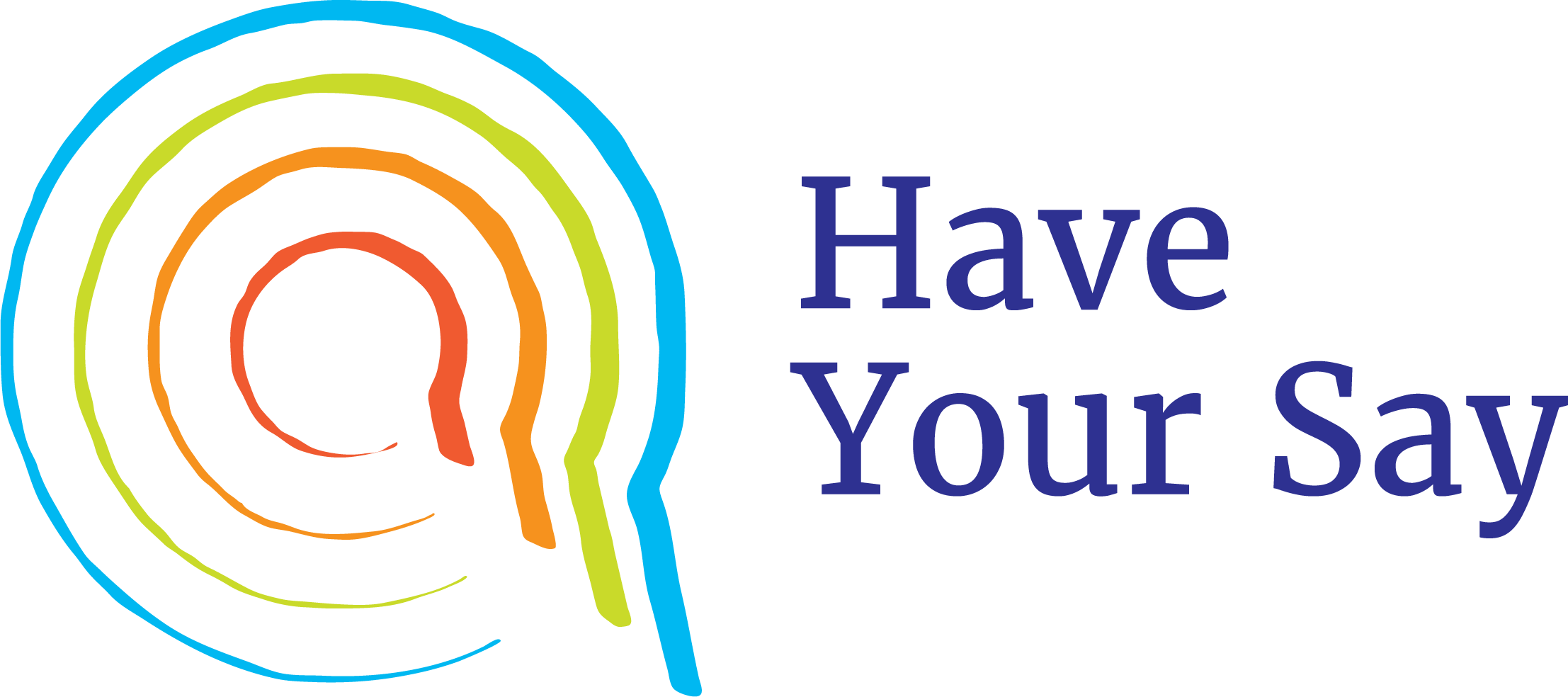A new publication released today by the Australian Bureau of Statistics provides insight into how Australians used mental health related services and medications in 2011.
The publication was produced as part of the Mental Health Services-Census Data Integration Project, on behalf of the National Mental Health Commission.
The publication Patterns of Use of Mental Health Services and Prescription Medications, 2011 examines Commonwealth subsidised mental health related services and medications accessed through the Medicare Benefits Schedule (MBS) and Pharmaceutical Benefits Scheme (PBS) in 2011. It integrates these findings with 2011 Census data, building on a previous report to provide clear information about patterns of use for mental health treatment in Australia.
The analysis in this report complements other analyses of MBS and PBS data, as well as other data available, including the Australian Atlas of Healthcare Variation that reports on MBS, PBS and admitted patient care data.
Given the complexity of the report, the National Mental Health Commission will continue to work with the Australian Bureau of Statistics and other stakeholders to understand how best to interpret these statistics on patterns of use and to inform future data development and analyses.
Key Findings
A summary of the key findings is presented below. It is important to note the limitations on the scope of the data. Please refer to the section at the end of this article on interpreting the findings.
The percentages listed refer to percentage of the Australian population in 2011.
Overview
- 15.0% of all Australians accessed at least one MBS or PBS subsidised mental health related treatment in 2011
- Of the 15.0% accessing treatment, 52.3% used PBS subsidised medications only, while 27.0% accessed MBS subsidised services only
People who have used at least one MBS subsidised mental health related service in 2011
| Number of people (proportion %) | Type of service |
| 296,400 (1.4) | Psychiatrist |
| 1,224,900 (5.7) | General Practitioner |
| 260,300 (1.2) | Clinical Psychologist |
| 438,600 (2.0) | Other Psychologist |
| 45,700 (0.2) | Other Allied Health Professional |
| 1,540,800 (7.2) | Total |
People who have had at least one script filled for a PBS subsidised mental health related medication in 2011
| Number of people (proportion %) | Type of medication |
| 349,900 (1.6) | Antipsychotics |
| 921,100 (4.3) | Anxiolytics/hypnotics and sedatives |
| 1,678,900 (7.8) | Antidepressants |
| 81,400 (0.4) | Psychostimulants, agents used for ADHD and nortropics |
| 2,354,100 (10.9) | Total |
Most common combinations of treatment in 2011
| Number of people (proportion %) | Type of treatment |
| 787,100 (24.4) | Antidepressants only |
| 412,800 (12.8) | Anxiolytics/hypnotics and sedatives only |
| 350,900 (10.9) | General Practitioner only |
| 242,200 (7.5) | Antidepressants and anxiolytics/hypnotics and sedatives |
| 201,500 (6.2) | General Practitioner and Other Psychologist |
| 137,000 (4.2%) | General Practitioner and antidepressants |
| 116,600 (3.6) | General Practitioner and Clinical Psychologist |
Geographic regions
Patterns of use varied across geographic regions. Those in remote or very remote areas were more likely to change from using services to a medications; conversely those in major cities were less likely to change from services to medications, and more likely to change from medications to services.
Primary Health Networks (PHNs)
Data are presented for PHNs although these did not exist in 2011. Therefore, care should be taken in interpreting these results. It is noted that as presented, rates of use of MBS and PBS subsidised mental health-related treatments vary across PHNs.
Interpreting the data
The scope of the data is restricted to those persons who responded to the 2011 Census AND accessed subsided mental health related items listed on MBS and PBS data sets in 2011.
It does not include:
- Persons who received services provided by hospital doctors to public patients in public hospitals, or services that quality for a benefit under the Department of Veterans Affairs National Treatment Account;
- The Repatriation Pharmaceutical Benefits Scheme;
- Persons who were supplied medications or accessed services only through programs that do not use the Medicare processing system, for example Aboriginal and Torres Strait Islander Health Programs;
- Persons accessing private prescription drugs over the counter, that cost less than the co-payment;
- Those accessing non-subsidised treatments with Psychiatrists and Psychologists.
The full publication is available of the Australian Bureau of Statistics website.
Patterns of Use of Mental Health Services and Prescription Medications, 2011





